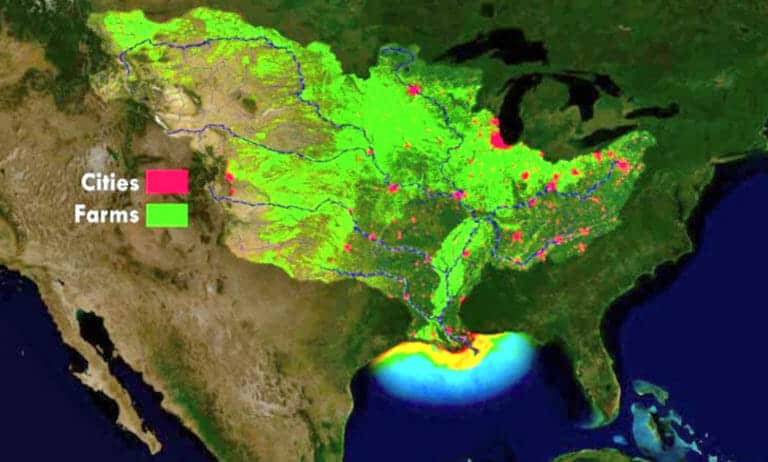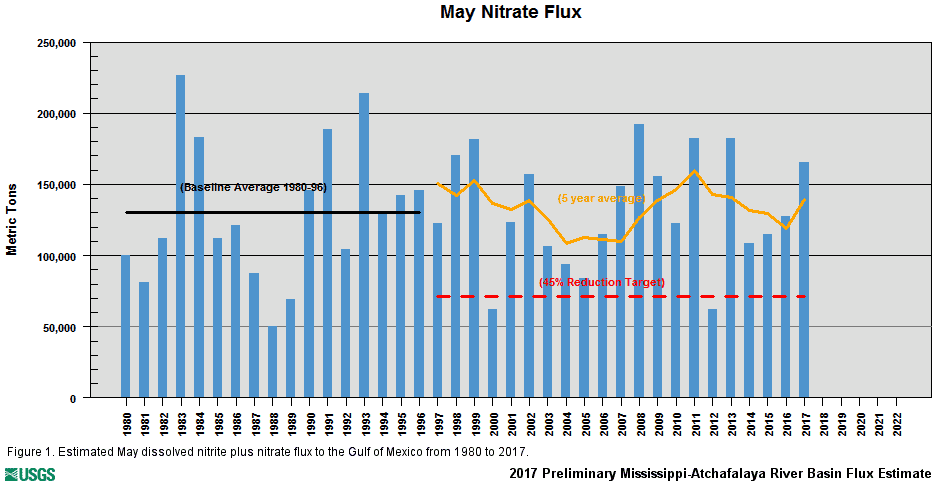Summer is almost here, and you know what that means. Sun, sand and … a watery wasteland devoid of all life? Yep, this is the time each year when a team of federal and university scientists predicts the size of the so-called dead zone that will develop in the Gulf of Mexico later in the summer.
We’re waiting for that official prediction, but based on federal nitrate flux data and Midwest weather patterns this spring, it seems likely that it will be bigger than usual. That means a swath of marine habitat considerably larger than the state of Connecticut could be lifeless by summer’s end — a haunting prospect for coastal ecosystems, fisheries, and the men and women who earn their livelihoods from them. And the Trump administration’s budget proposal and general antagonism toward science and environmental protection are likely to make the problem worse in the future.
Dead zones don’t talk
Marine and coastal dead zones are the result of a phenomenon called hypoxia —a state of low dissolved oxygen that occurs when excess pollutants, such as nitrogen and phosphorus, accumulate in bodies of water. These nutrients feed blooms of algae that, when they die and decompose, deplete the oxygen […]
Full article: This Summer’s Gulf ‘Dead Zone’ Could Be Bigger Than Connecticut
More about the Gulf of Mexico water quality:
Gulf of Mexico oil spill much worse than thought, federal lawyers say
Lawsuit Launched Against Trump EPA for Approving Fracking Waste Dumping Into Gulf of Mexico


